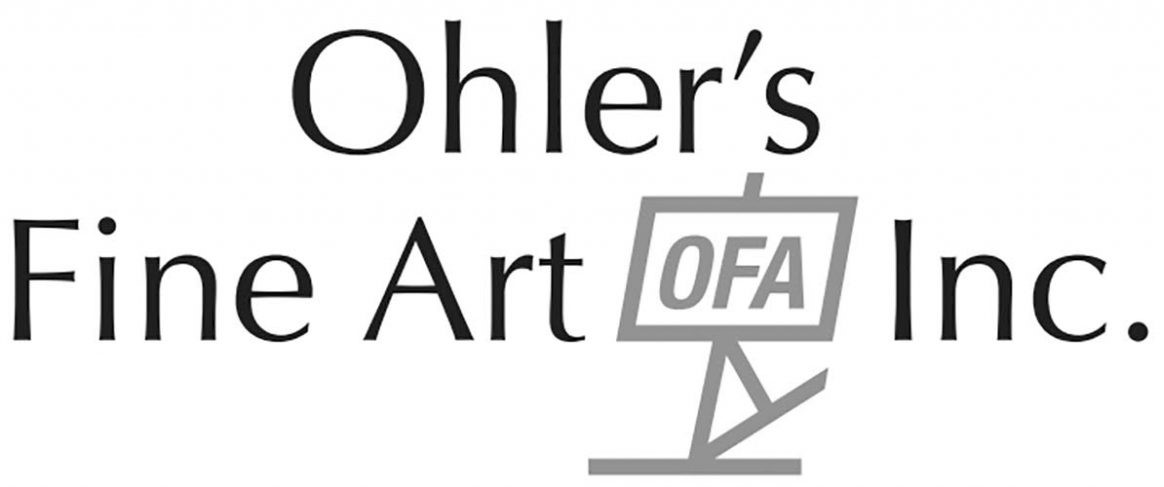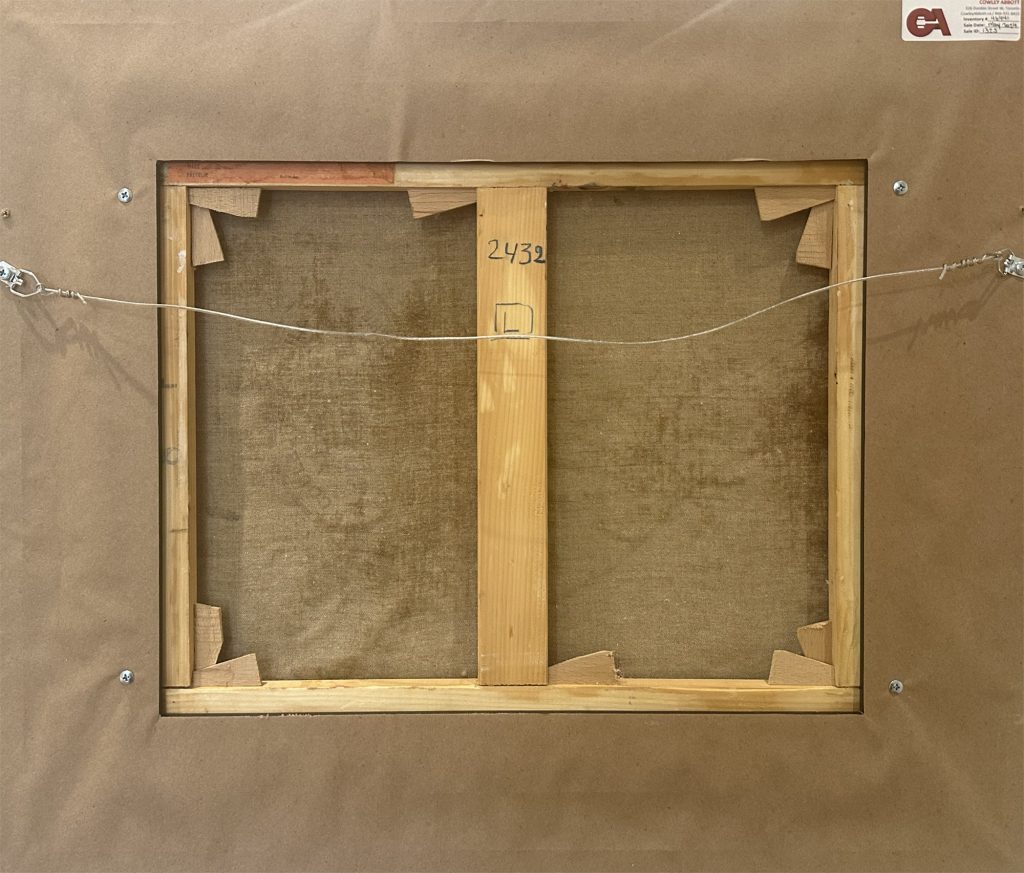Catalogue raisonné no. 1962.066H.1962
Provenance
Galerie Jacques Dubourg, Paris
Private Collection, Edmonton
“Ysoldus”, painted in 1962 while Riopelle was living in Paris, illustrates a new direction which Riopelle began to take in his paintings of the late 1950s. Though maintaining aspects of his mosaic-like paint application known as tachisme, Riopelle abandoned an all-over structure and atomized brushstrokes in favour of lines. François-Marc Gagnon writes: “Gone are the separate and distinct tiles of the mosaic works of the 1950s, that sense of an artist in search of a loss of vision and line. They are replaced with something new; now, the viewer can follow the path of the palette knife as it moves, leaving trails that sometimes look as if a finger has been drawn through the material. […] The coloured areas are also more varied, resulting in a composition full of new possibilities.” This description applies to “Ysoldus”, with organized palette knife strokes around the edges of the canvas, surrounding a tight arrangement of fluid lines in the centre. These lines, which look like they could have been drawn with a finger, nearly resemble recognizable shapes and letters. These loose depictions of indistinct forms would gradually evolve into figuration, which appear in his works towards the end of the decade, most commonly in the form of birds and animals.




